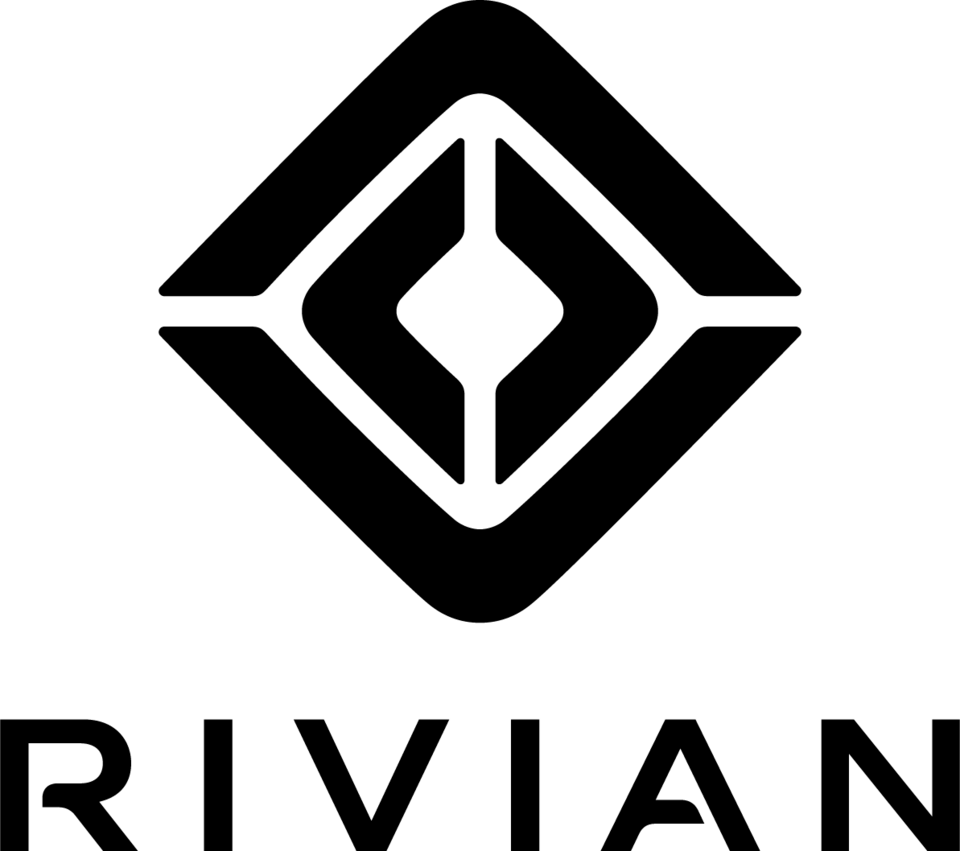Typical hurdles in the should-cost analysis - and how to overcome them

Should-cost analysis is a powerful tool in strategic purchasing for determining realistic target costs for products and services. However, despite its potential, many companies encounter typical obstacles when implementing it in practice. In the following, we show you the most common hurdles - and how you can overcome them with confidence.
1. missing or restricted data access
Without reliable data on materials, production costs or wages, any analysis remains inaccurate. There is often a lack of transparency or IT interfaces to the relevant information.
Solution: A central data management system with structured access for all parties involved helps to avoid data breaches. In addition, external benchmarks and market studies can sharpen the focus.
2. low willingness of suppliers to cooperate
Suppliers are often reluctant to disclose their cost structures for fear of price pressure or loss of trust.
Solution: Rely on partnership-based communication. If suppliers understand that the analysis is not intended to reduce margins but to optimize the value chain, their openness increases. Confidentiality agreements also strengthen trust.
3. insufficient model accuracy
A cost model that is too rough or incorrect leads to incorrect conclusions. Complex products in particular require precise calculation logic.
Solution: Invest in experienced cost analysts and industry-specific software solutions. Iterative model maintenance and continuous feedback from engineering and purchasing significantly improve accuracy.
4. lack of internal know-how
Many teams underestimate the depth of expertise that a should-cost analysis requires - from materials science and manufacturing technologies to market knowledge.
Solution: Training programs, interdisciplinary project teams and external consultants bring the necessary know-how into the company and create sustainable expertise.
5. lack of time and resources
A well-founded analysis requires time - which is often lacking in day-to-day business.
Solution: Prioritize strategically important product groups and use standard models for less complex products. This keeps the effort manageable without losing the informative value.
Conclusion:
The should-cost analysis can unlock immense savings potential - if companies actively tackle typical hurdles. Those who pay attention to data quality, collaboration, model maintenance and expertise can turn challenges into competitive advantages.
























































.svg)



















